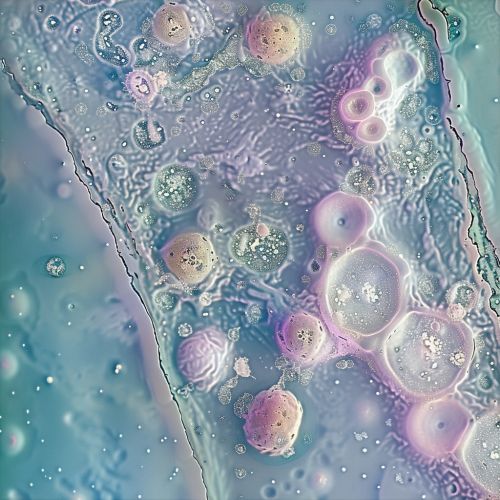Telophase
Overview
Telophase is the final stage of mitosis, the process by which a single cell divides into two identical daughter cells. This phase marks the end of the mitotic cycle, following prophase, prometaphase, and anaphase. It is characterized by the decondensation of chromosomes and the reformation of the nuclear envelope around the separated sister chromatids.


Characteristics of Telophase
During telophase, the cell undergoes several changes as it prepares to complete mitosis. The chromosomes, which were previously condensed and aligned at the metaphase plate during metaphase, begin to decondense. This decondensation allows the genetic material to be accessible for transcription and translation, which are necessary for the cell to function and grow.
Simultaneously, the nuclear envelope, which had broken down during prophase to allow the chromosomes to align at the metaphase plate, begins to reform around the decondensing chromosomes. This reformation of the nuclear envelope effectively creates two separate nuclei within the cell, each containing an identical set of chromosomes.
In addition to these changes, the cell also begins to undergo cytokinesis during telophase. Cytokinesis is the process by which the cytoplasm of the cell is divided to create two separate cells. This process is often concurrent with telophase, and by the end of telophase, cytokinesis is usually well underway.
Role in the Cell Cycle
Telophase plays a crucial role in the cell cycle, as it is the stage during which the cell prepares to divide into two separate cells. This division is necessary for growth, repair, and reproduction in multicellular organisms, and for reproduction in unicellular organisms.
The completion of telophase and cytokinesis marks the end of one cycle of the cell cycle and the beginning of the next. Following cytokinesis, the two daughter cells enter the G1 phase of interphase, during which they grow and prepare for the next round of mitosis.
Regulation of Telophase
The progression of the cell through telophase is tightly regulated by a variety of proteins and enzymes. One of the key regulators of telophase is the Anaphase Promoting Complex/Cyclosome (APC/C), a ubiquitin ligase that targets specific proteins for degradation. The APC/C is activated during anaphase and remains active during telophase and cytokinesis.
The APC/C targets several proteins that are necessary for the progression of the cell through mitosis. For example, it targets securin for degradation, which allows separase to cleave the cohesin complexes holding the sister chromatids together, leading to their separation during anaphase. During telophase, the APC/C targets proteins such as cyclin B for degradation, which leads to the inactivation of cyclin-dependent kinase 1 (CDK1) and the exit of the cell from mitosis.
Clinical Significance
Abnormalities in telophase can lead to a variety of clinical conditions. For example, if the chromosomes do not decondense properly, or if the nuclear envelope does not reform correctly, the resulting daughter cells may have abnormal numbers of chromosomes, a condition known as aneuploidy. Aneuploidy is a common feature of many types of cancer, and understanding the mechanisms that regulate telophase may lead to the development of new treatments for these diseases.
Additionally, errors in cytokinesis can lead to the formation of multinucleated cells, which are also a common feature of many types of cancer. Understanding the mechanisms that regulate cytokinesis during telophase may also lead to the development of new treatments for cancer.
